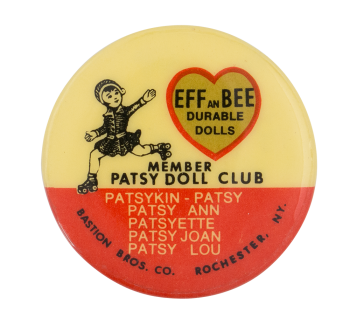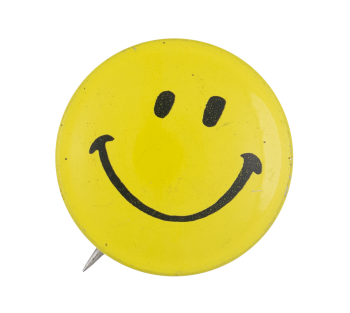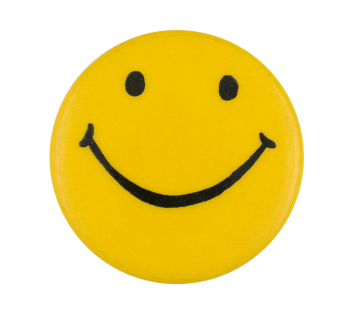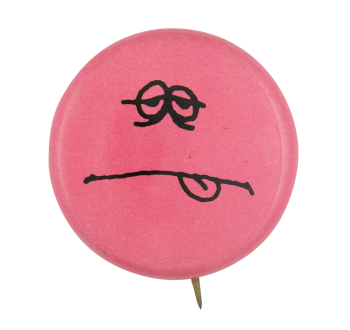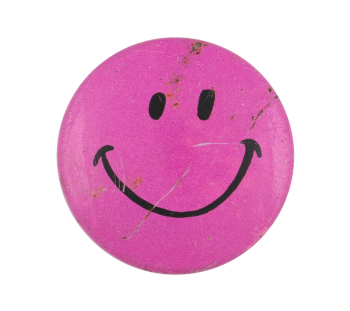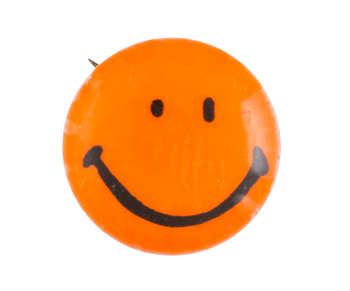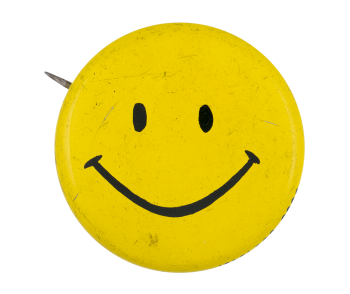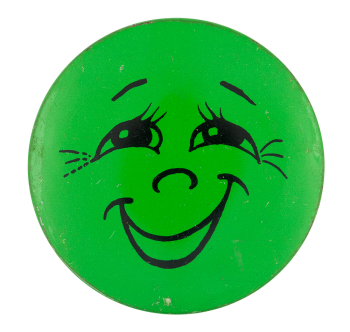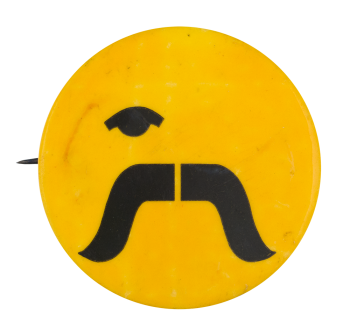Member Patsy Doll Club
| Category | |
|---|---|
| Additional Images | |
| Sub Categories | |
| Text on Button | EFF AN BEE DURABLE DOLLS MEMBER PATSY DOLL CLUB PATSYKIN - PATSY PATSY ANN PATSYETTE PATSY JOAN PATSY LOU BASTIAN BROS. CO. ROCHESTER, NY |
| Image Description | Yellow top half of the button with an illustration of a doll and black text and a heart with text in it. Bottom half is pink with yellow and black text |
| Back Style | |
| The Shape | |
| The Size | |
| The Manufacturer | |
| Additional Information | The Patsy Dolls, created by the Effanbee Doll Company, first appeared on the market in 1927 and were designed to look like real little girls. The Patsy dolls were named after the daughter of famous Irish aviator, James Fitzmaurice. The other names featured on the button are variants of the Patsy Doll. Patsy Dolls are still created today, though shorter than the original version. The Patsy Doll Club was promoted by a character named “Aunt Patsy”. |
| Catalog ID | CL0419 |

